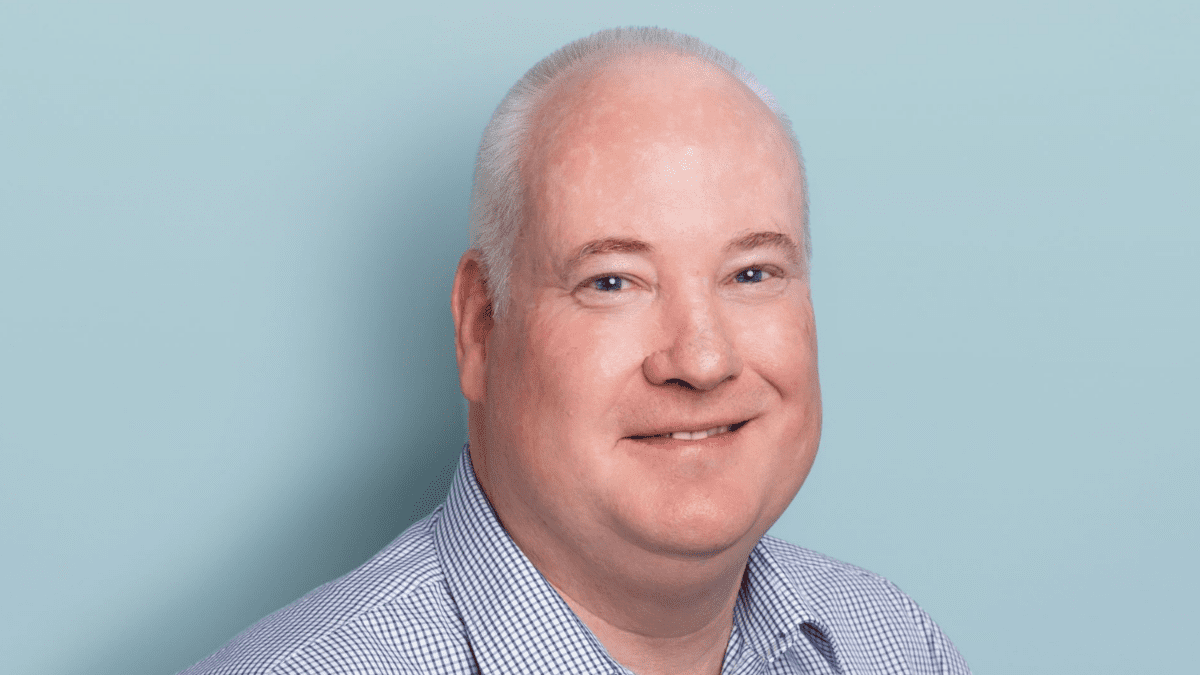The big plans behind ART’s little merger
Alcoa Super, a corporate super fund with 5000 members and $2 billion FUM, seems an odd fit for a merger with the gargantuan Australian Retirement Trust (ART), which can lay claim to the title of Australia’s second largest fund, managing close to $230 billion on behalf of more than two million members. After all, ART’s annual inflows top $20 billion; another $2 billion is a drop in the ocean, and time and money spent on a merger might be better spent elsewhere.
But ART chief commercial officer Dave Woodall (pictured) argues that the proposed merger with Alcoa, announced on Tuesday (21 March), offers an important growth opportunity for the megafund and its members.
“A fund like Alcoa brings an uplift in our presence in WA, which is important to us as a national fund with members all over the country,” Woodall says. “Our heritage is anchored in Queensland… But our aspiration around growth is both within and ex-Queensland. Being WA based is an important strategic win for us. We’ll have more members there and we’ll put more of our infrastructure and people there.”
“Something like 80 per cent of our members are still in Queensland. Which means, despite being a very large fund already, the opportunity for us in the other states is huge. It’s almost an oxymoron that we could be the second largest fund in the country yet have such huge potential upside in Victoria, New South Wales and other states.”
The proposed merger will also shift some of the economics around member balances. One of the drivers behind the QSuper/Sunsuper tie-up was that it moved the demographics of both funds, creating diversification of member type and member geography. QSuper contained more long-tenured public servants with higher balances; Sunsuper had more members with more modest balances in comparison; Alcoa, again, contains members with “pretty healthy balances” compared to industry averages.
If the Alcoa merger goes through – the funds have so far signed a memorandum of understanding and commenced due diligence – it will be the latest in a long line of fund transfers that ART has embarked upon since the QSuper/Sunsuper merger, including Woolworths, Commonwealth Bank Group Super and AvSuper.
“The question is not just what’s the upside but what the cost of doing it is, and whether it’s value accretive for existing members,” Woodall says. “We’ve done a lot of these large corporate transitions… We think we can transfer a fund like Alcoa quite efficiently and therefore to the extent that we’re deploying our member’s money in the transition cost, the ROI and payback on that is extremely good.”
“We have very good governance around opportunities that are presented to us. We absolutely don’t do everything that presents; we have a good internal review process for looking at them… There’s ROI requirements, there’s payback requirements. We do try to be quite strong around whether it’s in the interests of both the members that will be joining us and the members we already have.”
Other growth opportunities present in the small- to medium-size enterprise segment, attracting members through direct digital channels, which will become “more and more important”, and advice. ART’s stated aspiration is to be a $500 billion fund by 2030.
“Our attitude is that if we’re not growing our market share in an industry that’s consolidating – this is probably the biggest structural change that I’ve seen in my 25+ years in the sector – if we’re not growing our market share in that construct, than we’re losing it to competitors,” Woodall says.
“Our focus is on ensuring we’ve got good retention and good growth. It’s critically important for us to maintain the 2.1 million members that we have – but in our humble opinion, that isn’t enough… ($500 billion) is not an absolute number, but we have to be careful that we don’t go from the second largest to the third or fourth because we’ve taken our eye off the dynamics of a consolidating market. If we’re losing market share to Aussie or Aware, whoever it is, we’ll lose an opportunity for leveraging our scale.”
Different funds will – and do – have different perspectives on size, but Woodall says that superannuation is a “scale game” and that ART’s status as a megafund has paid off.
“In the first year of our predecessor funds coming together, it’s already created opportunities for us from an investments point of view that neither had,” Woodall says. “Neither QSuper or Sunsuper was under any pressure at all to merge… we weren’t subscale negative-flow funds. We were in a strong position, but notwithstanding that, we’ve had a couple of opportunities that the coming together under ART has presented when either fund by themselves may not have been at the table.”
“Sydney Airport is one that I would put in that category. One a bit closer to home for me is VicRoads. That’s my evidence for the additional scale opening up a different opportunity in the investment space.”











